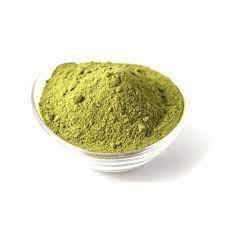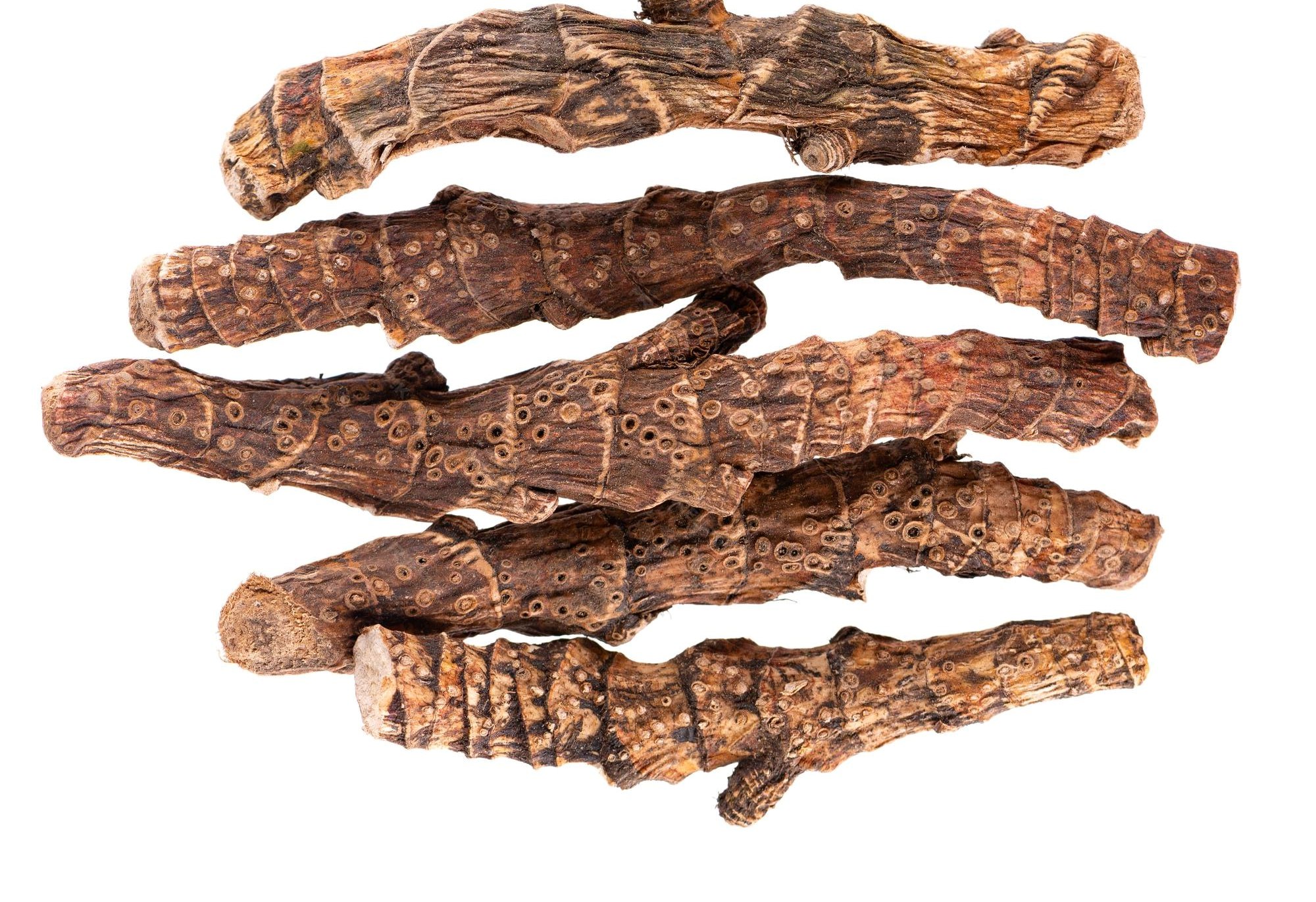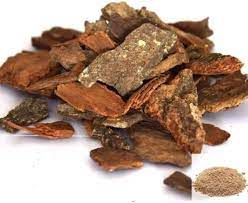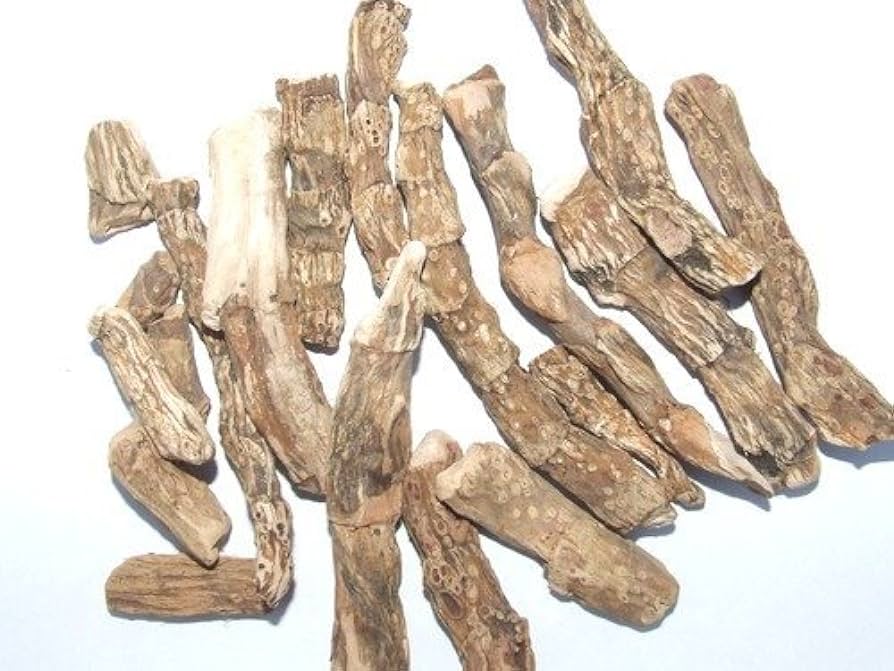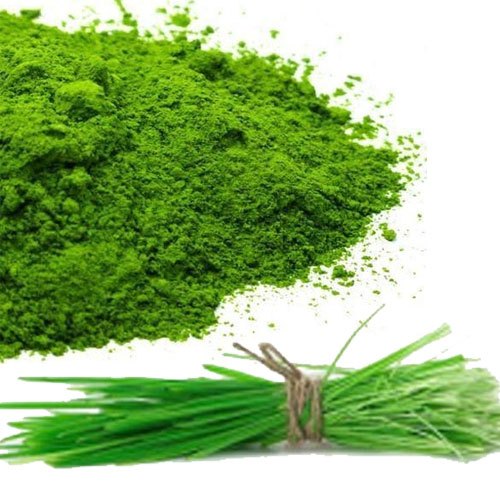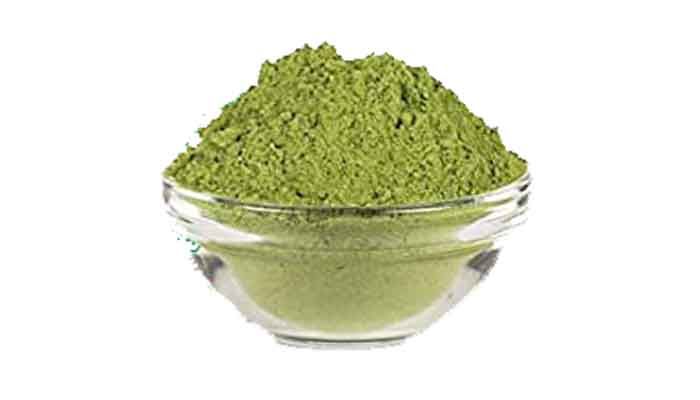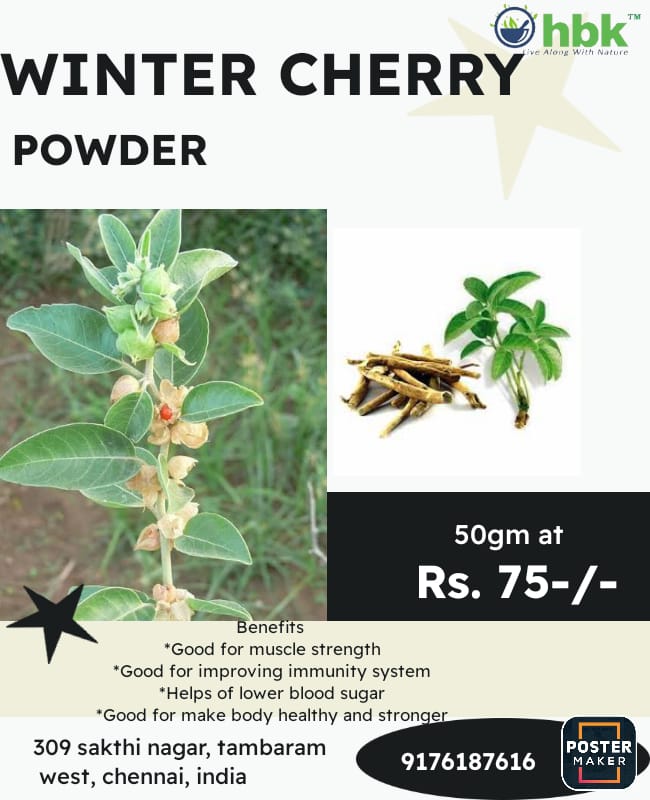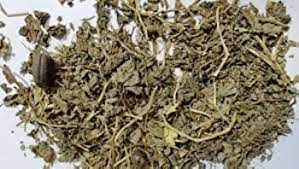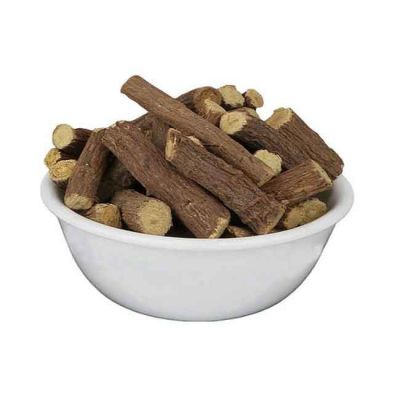White Turmeric and Its Role in Traditional Medicine
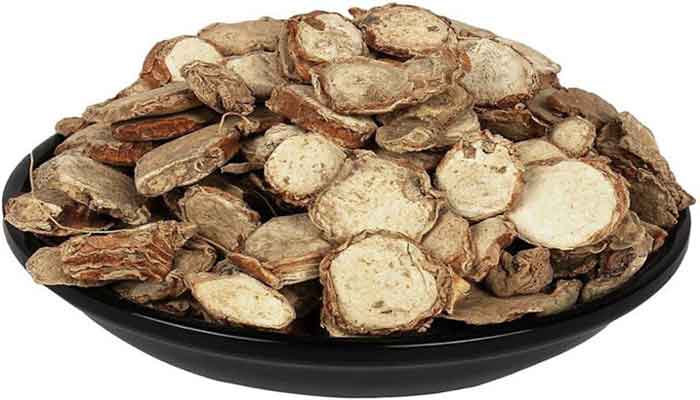
White turmeric, scientifically known as Curcuma zedoaria, has been an integral part of traditional medicine systems for centuries. With its distinct aroma, bitter taste, and pale-yellow color, this rhizome has carved a unique place in holistic healing practices such as Ayurveda, Traditional Chinese Medicine (TCM), and folk remedies across Southeast Asia. Below, we explore the historical significance, medicinal uses, and modern insights into the therapeutic potential of white turmeric.
Historical Significance
White turmeric has a rich history in traditional medicine, especially in Asia. Ancient texts in Ayurveda describe it as an herb with potent anti-inflammatory, digestive, and respiratory benefits. In TCM, it is often used for its ability to stimulate blood circulation and address menstrual irregularities. Indigenous communities in Indonesia, Thailand, and Malaysia have also used white turmeric as a natural remedy for wounds, infections, and stomach ailments.
Medicinal Properties of White Turmeric
-
Anti-inflammatory Effects White turmeric contains curcuminoids and essential oils that exhibit anti-inflammatory properties. These compounds help alleviate joint pain, swelling, and conditions like arthritis.
-
Digestive Aid The rhizome is widely recognized for its carminative properties, which help in reducing bloating, gas, and indigestion. It is also used to stimulate appetite and improve gut health.
-
Antimicrobial and Antifungal Action Extracts of white turmeric are known to have antimicrobial and antifungal properties, making it useful for treating infections, skin conditions, and wounds.
-
Liver Detoxification Traditional medicine practitioners use white turmeric to support liver health. It is believed to cleanse the liver, enhance bile production, and aid in detoxifying the body.
-
Respiratory Health White turmeric is often used to alleviate respiratory issues such as cough, asthma, and bronchitis. Its anti-inflammatory and antimicrobial effects help in soothing the respiratory tract.
-
Menstrual Health In traditional practices, white turmeric is used to regulate menstrual cycles and reduce cramps. It is believed to stimulate blood flow and ease discomfort during menstruation.
Preparation Methods in Traditional Medicine
-
Herbal Decoctions: White turmeric is often boiled with water to create a decoction that is consumed to address digestive issues or menstrual discomfort.
-
Topical Pastes: The rhizome is ground into a paste and applied to wounds or inflamed areas for its healing and anti-inflammatory benefits.
-
Infused Oils: Oil infused with white turmeric is used for massages to improve blood circulation and reduce joint pain.
-
Powdered Form: Dried white turmeric is ground into powder and mixed with honey or milk for internal consumption.
Modern Research and Validation
Recent studies have started to validate the traditional claims about white turmeric’s health benefits. Research has shown that its essential oils and curcuminoids possess strong antioxidant, antimicrobial, and anti-inflammatory properties. Studies also indicate its potential role in inhibiting the growth of certain cancer cells, though more clinical research is needed to confirm these findings.
Precautions and Considerations
While white turmeric is generally considered safe, excessive consumption may cause stomach irritation or allergic reactions in some individuals. Pregnant and breastfeeding women should consult a healthcare professional before using it. Additionally, individuals on anticoagulant medications should exercise caution due to its blood-thinning properties.
Conclusion
White turmeric’s long-standing role in traditional medicine underscores its versatility and therapeutic potential. From aiding digestion to promoting respiratory and menstrual health, this ancient herb continues to be a valuable natural remedy. As modern science delves deeper into its properties, white turmeric stands poised to bridge the gap between traditional wisdom and contemporary healthcare solutions.
Click here



